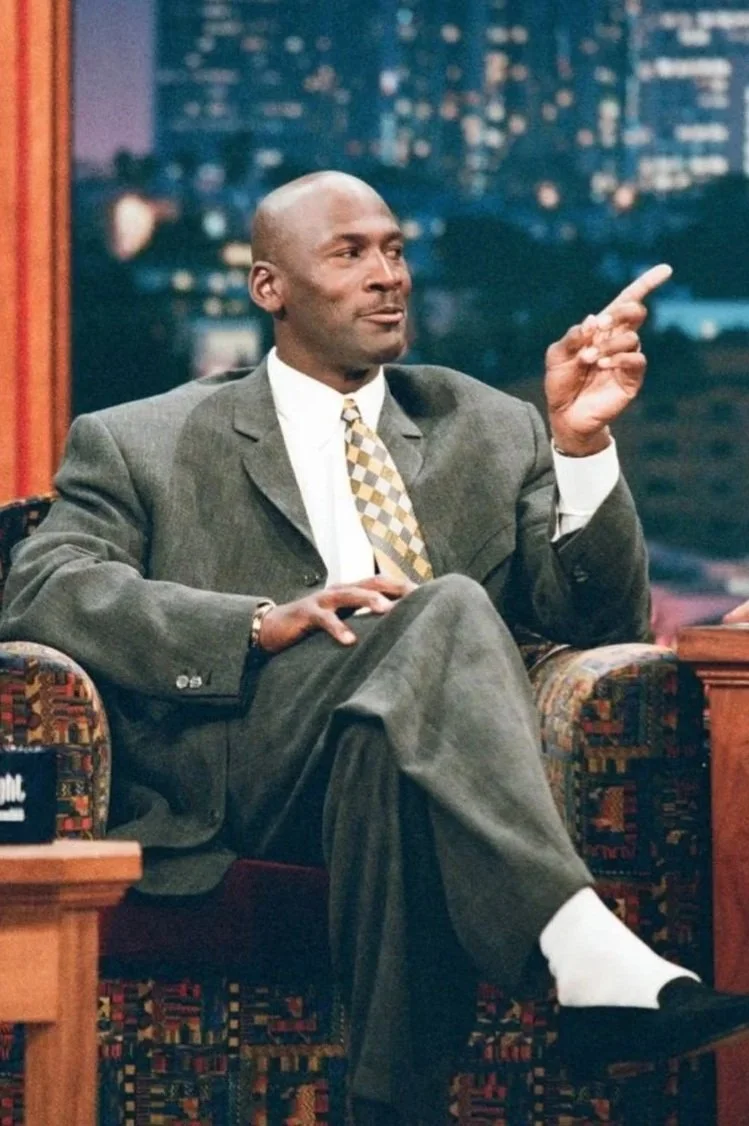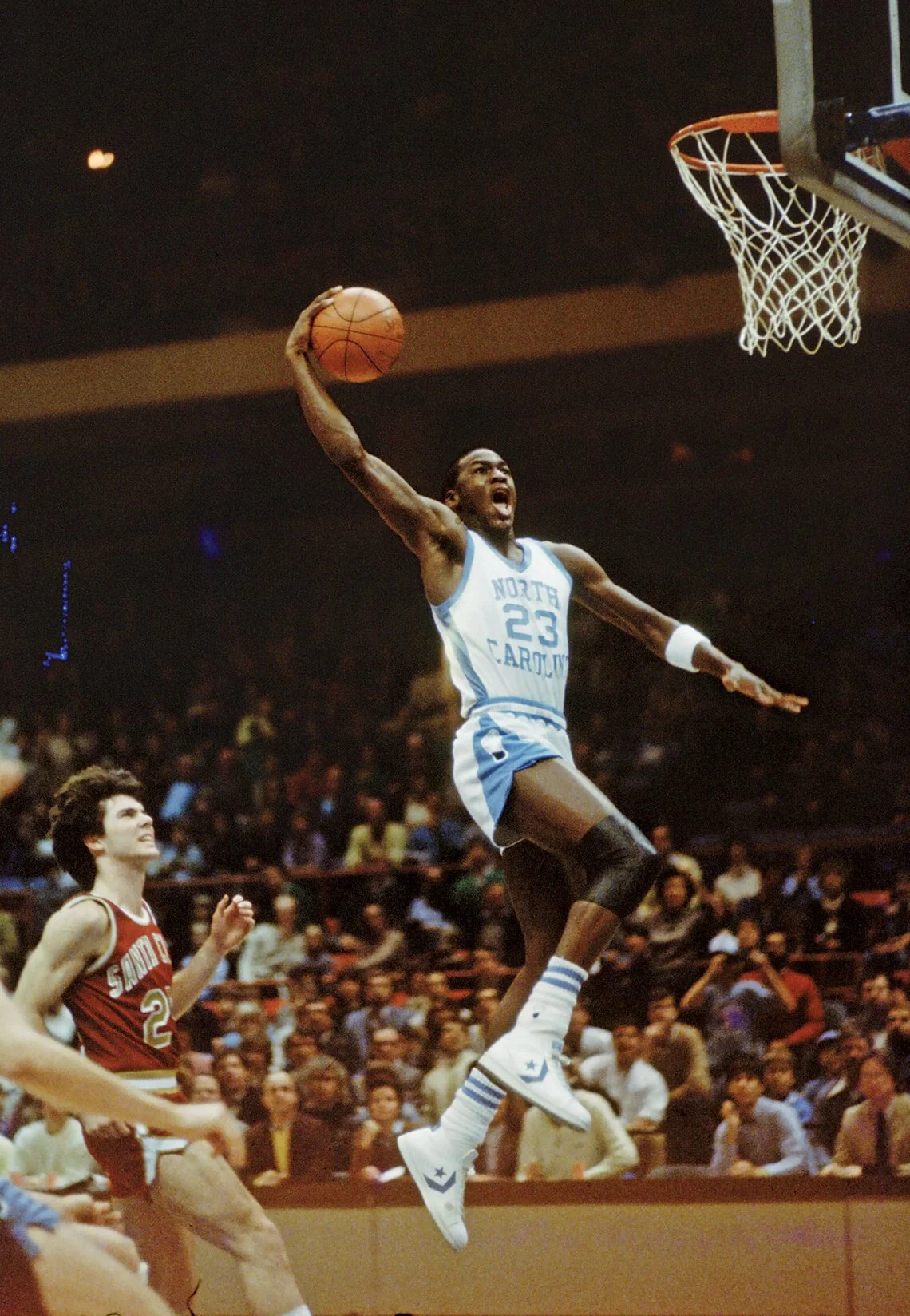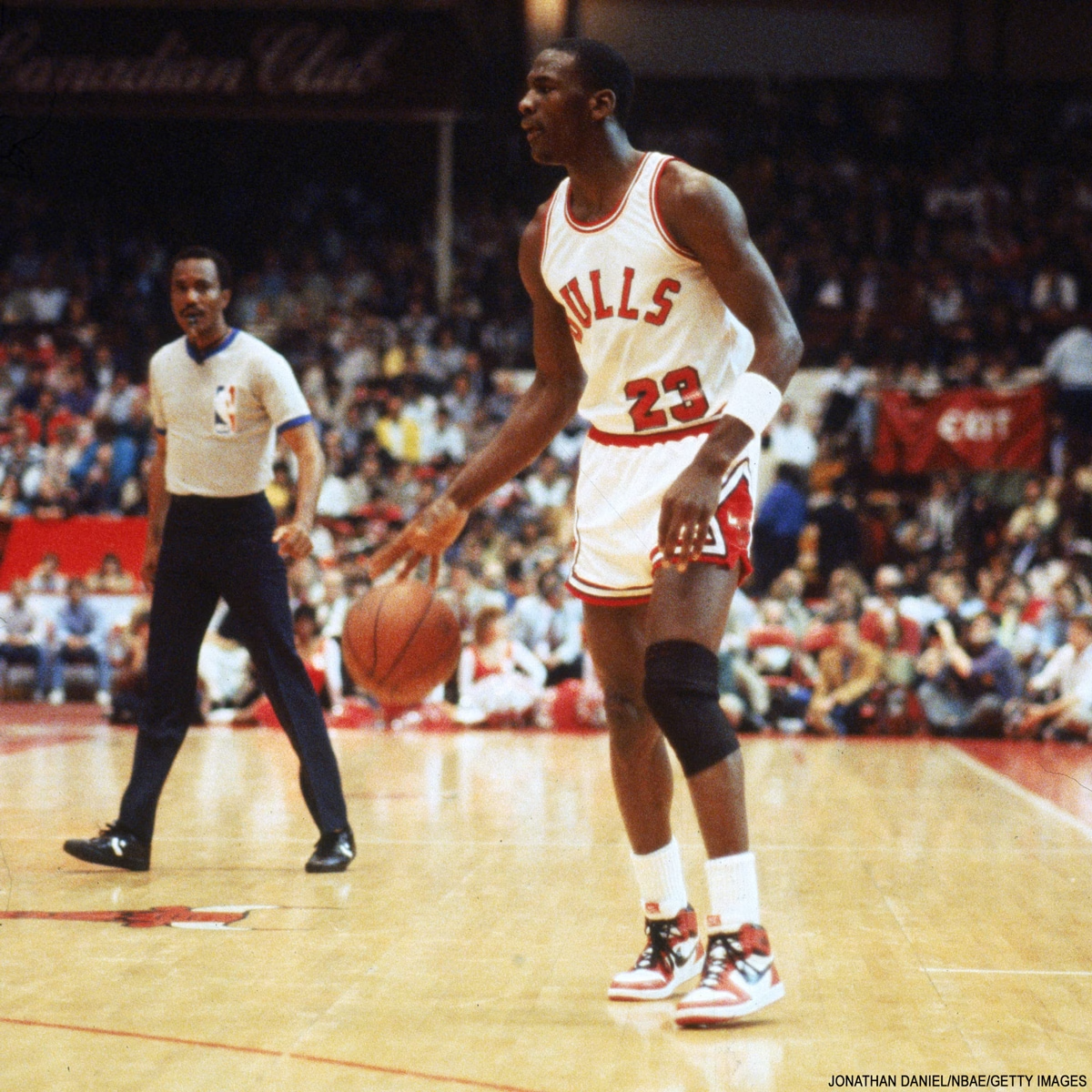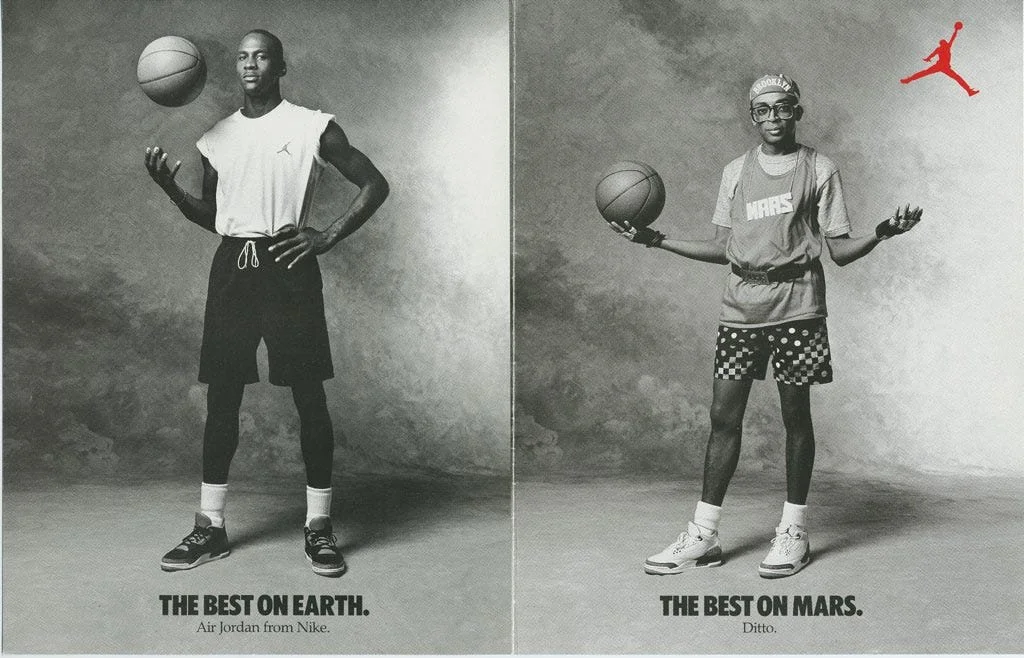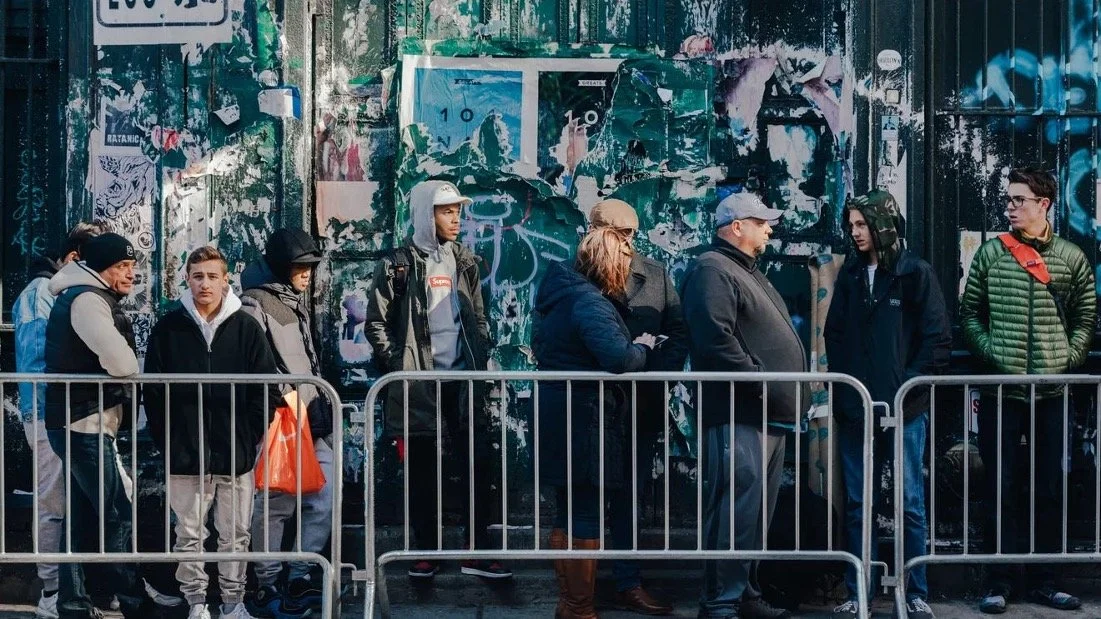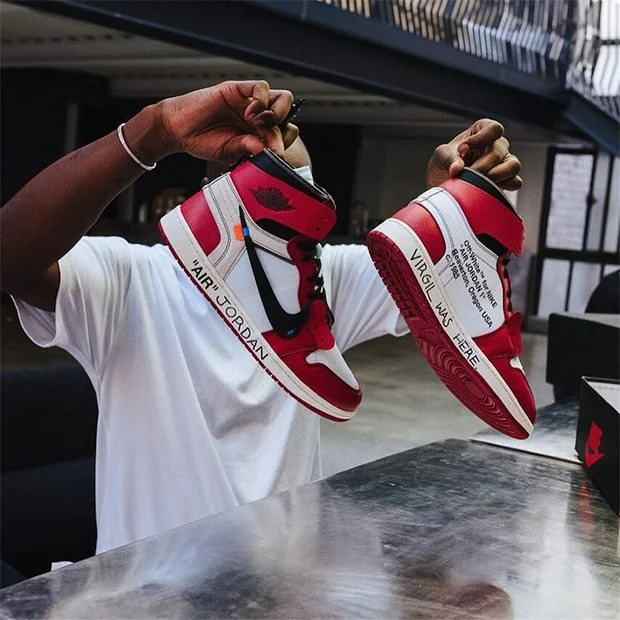Designing Flight: How Air Became Identity and Culture
Michael Jordan didn’t just redefine basketball, he reframed what excellence looked like. Every step, dunk, and tunnel walk became choreography, a performance of swagger and certainty that extended far beyond the court. Jordan’s presence was more than athletic, it was aesthetic, it was legacy. His game wasn’t just about points or championships, it was about presentation, rhythm, and the power of showing up like you already own the moment.
Michael Jordan on The Tonight Show with Jay Leno, 1996.
The Blueprint of Flight
At University of North Carolina, he already carried that quiet defiance, the kind that said I belong here before anyone else could. By the time he reached Chicago, his game had turned mythic. He wasn’t just jumping higher; he was changing the visual language of the sport and the legacy to follow. The way he moved, dressed, and carried himself felt cinematic and America was definitely watching.
Jordan didn’t just represent his origins; he wore them. He brought style, confidence, and rhythm into the mainstream of sports marketing, setting a new cultural precedent for athletes. Beyond his athletics, companies like Nike viewed him for more. They knew they needed him in their story.
Photo via The Hugh Morton Photographs and Film.
Air as Identity
When the Air Jordan 1 debuted in 1985, it broke more than NBA rules, it broke the barrier between athlete and icon. The league banned the shoe for its colors, and Nike turned that into a story. Every time Jordan stepped on the court in these shoes, he owed the NBA $5,000. Nike paid the fines, and the icon was born.
Michael Jordan’s debut game, 1984.
Those red and black sneakers carried Chicago’s pulse and the energy of the streets. They became a badge of belonging and a way for kids from coast to coast to step into something larger than themselves. Sneaker culture as we know it started there: at the intersection of sport, rebellion, and identity.
Hip-hop amplified sneaker hype. LL Cool J rapped in Jordans and artists like Nas and Rakim wore sneakers like statements, aligning court culture with street storytelling. By the late ’80s, sneaker lines stretched around city blocks not for comfort, but for culture. People weren’t buying shoes, they were buying status, story, and selfhood.
Storytelling; The Birth of Sneaker Mythology
Then came Spike Lee. His character in the It’s Gotta Be the Shoes ads added humor, attitude, and Brooklyn flavor to the Jordan narrative. Those commercials made sneakers cinematic, turning the product into a narrative, and Jordan into a protagonist of pop culture.
Spike Lee’s It’s Gotta Be the Shoes Jordan campaign.
Spike and Mike showed that Black creativity could shape mainstream marketing on its own terms. Together, they made basketball fashion, and fashion storytelling inseparable. Every sneaker drop since owes something to that union of art, sport, and self-expression.
Hype of Air Jordan
Then came the 2s, 3s, 4s, and 5s. Each silhouette built on the last, fusing innovation with identity. Sales skyrocketed, collectors multiplied, and “hypebeast” became a new kind of fan. What started as a sports brand had evolved into a lifestyle, one that rewarded taste, loyalty, and the ability to spot the next classic before it dropped.
People standing in line for sneakers. Photo via Andrew White.
From Hardwood to High Fashion
The Air Jordan brand didn’t just dominate sneaker sales for decades, it redefined the business of self-image in streetwear. What began in gyms and playgrounds moved to galleries, catwalks, and iconic collaborations.
When Dior released the Air Jordan 1 OG “Dior” in 2020, the message was clear: streetwear had become luxury, and luxury had learned to walk in sneakers. Virgil Abloh’s Off-White™ x Air Jordan 1 blurred the line even further, deconstructing Jordan’s legacy into design; exposed stitching, handwritten notes, irony as homage. It was more than a remix; it was a conversation across generations of Black creativity and craftsmanship.
Jordan’s flight became fashion’s foundation. The same tension that lifted him now drives the entire sneaker economy.
The Off-White x Air Jordan 1 "Chicago", 2017.
The Walk Forward
Michael Jordan’s legacy isn’t just in rings or records, it’s in resonance. He turned competition into culture, and product into identity. The Air Jordan line remains one of fashion’s most enduring narratives because, truly, it’s not just about sport it’s about motion, and meaning. It’s about the way style travels from the court to the corner, from Chicago to Paris, from performance to permanence.
The Jordan story keeps evolving. It’s the story of how Black style, innovation, and vision reshaped global aesthetics. Air became an attitude. Swagger became language. And flight became freedom — a blueprint for what it means to move through the world on your own terms.

